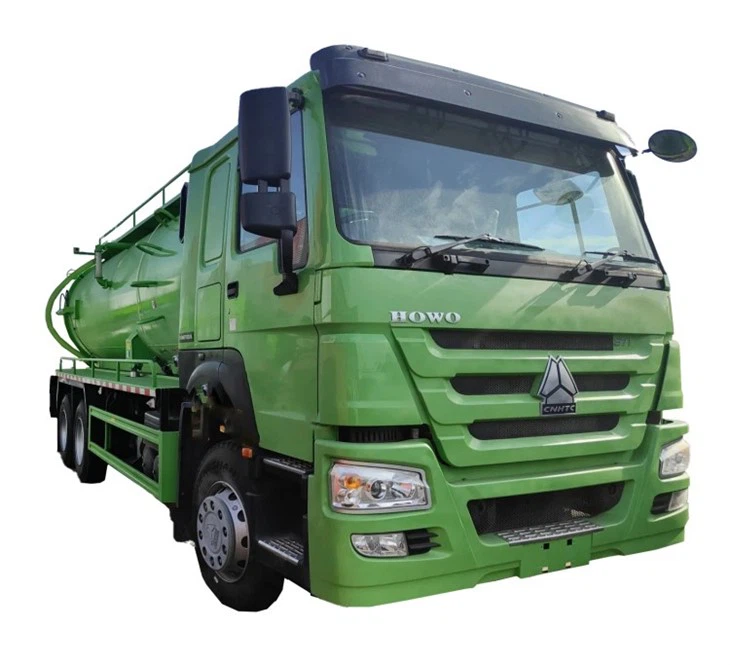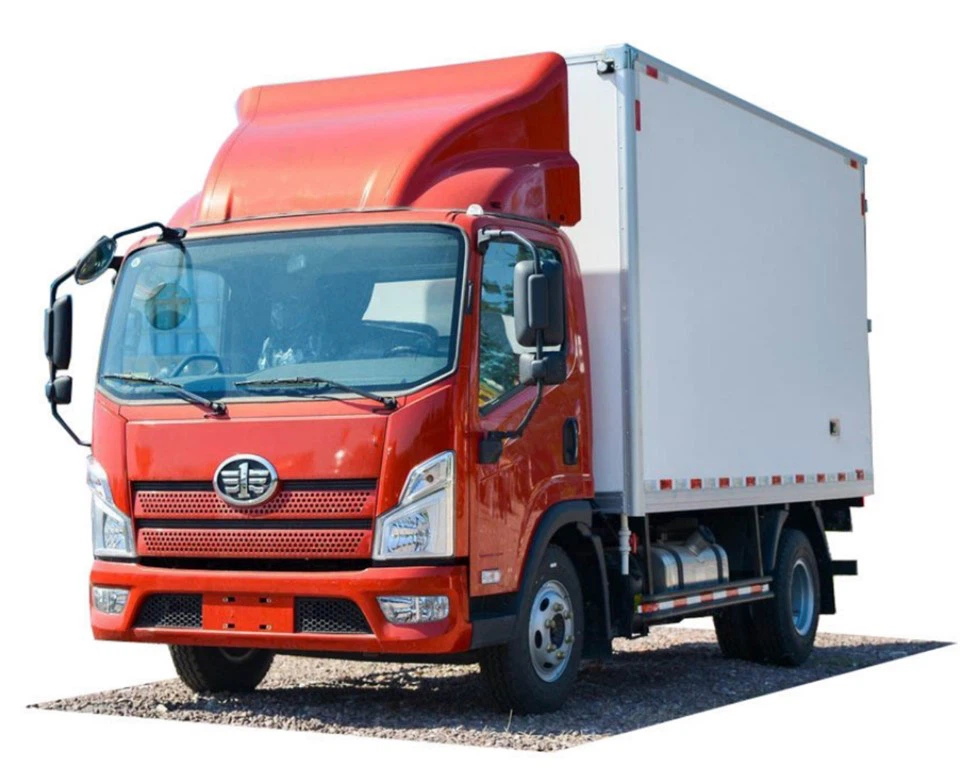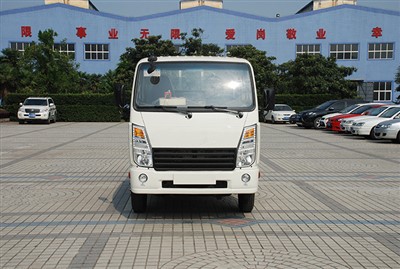Understanding CKD Cars: A Comprehensive Guide

In the automotive world, CKD (Completely Knocked Down) cars are an important and growing segment. These vehicles are sold in parts and assembled locally, which can offer various benefits to manufacturers and consumers alike. This article will delve into the concept of CKD cars, exploring their benefits, challenges, and the impact they have on the automotive industry.
What is a CKD Car?
CKD stands for Completely Knocked Down, referring to vehicles that are imported in parts rather than as fully assembled units. This method allows manufacturers to assemble cars in-country, which can reduce costs, taxes, and tariffs associated with fully assembled imports.
The CKD Process
The CKD process involves importing various components of the vehicle, including:
- Chassis
- Engine
- Transmission
- Body Panels
- Interior Components
Once these parts arrive at the local assembly plant, skilled workers assemble the vehicle according to strict quality control standards.
Benefits of CKD Cars
1. Cost Efficiency
One of the key advantages of CKD cars is cost efficiency. By manufacturing vehicles locally, companies can save on import duties and taxes that apply to fully assembled vehicles.
2. Job Creation
CKD assembly plants often lead to job creation in the local economy. Skilled workers are employed in various capacities, from assembly line workers to managerial positions.
3. Local Adaptation
CKD vehicles can be better tailored to meet local market preferences and regulations. Manufacturers can adapt designs to cater to regional needs, such as climate considerations or driving conditions.
4. Reduced Carbon Footprint
Assembling cars locally can reduce the carbon footprint associated with transportation. Importing fully assembled vehicles often requires extensive shipping, increasing greenhouse gas emissions.
5. Supply Chain Resilience
Utilizing local suppliers for certain components can lead to a more resilient supply chain. This can protect manufacturers from global shipping disruptions that often affect fully assembled imports.
6. Competitive Pricing
CKD cars can often be priced more competitively than imported models, providing consumers with more affordable options. This can lead to increased sales and market share for brands that adopt this strategy.
Challenges of CKD Cars
1. Initial Setup Costs
While CKD offers long-term savings, setting up an assembly line can be costly and time-consuming. Companies must invest in infrastructure and equipment to run the facility.
2. Quality Control Issues
Maintaining consistent quality can be challenging when parts come from multiple suppliers. Manufacturers must have rigorous quality control processes to prevent defects.
3. Skill Gap
The local labor market must have the necessary skills for vehicle assembly. Failure to bridge this skill gap can lead to production delays and increased costs.
Training Programs
To combat the skill gap, many manufacturers implement training programs. These programs help workers acquire the necessary skills to ensure a smooth assembly process.
CKD Cars Around the World
CKD in Asia

Asia is a significant player in the CKD market, with numerous manufacturers establishing local assembly plants. Countries like India and Thailand have become key destinations for CKD operations due to favorable policies and a growing automotive market.
CKD in Europe
European manufacturers are also exploring CKD setups to comply with local laws and reduce costs. Countries like Hungary and Slovakia have seen significant CKD investments due to their skilled workforce and central location in Europe.
CKD in North America
In North America, CKD operations are less prevalent but are gaining traction among certain brands aiming to reduce tariffs and production costs. Staying competitive in the global market is pushing manufacturers to consider CKD strategies.
Practical Examples of CKD Cars
1. Hyundai Creta
The Hyundai Creta has been assembled in India using CKD methods. This has allowed Hyundai to customize the vehicle for the Indian market while keeping production costs low.
2. Toyota Hilux
The Toyota Hilux is also assembled in various countries using CKD strategies. This has enabled Toyota to boost its presence in emerging markets while adhering to local regulations and market preferences.
3. BMW iX
BMW has adopted CKD for its iX model in countries like China, facilitating quicker access to a growing market for electric vehicles.
Tips for Consumers When Choosing CKD Cars
1. Research Local Assembly Quality
Check reviews and ratings for the local assembly plant’s performance and quality control measures. This can impact the overall vehicle quality.
2. Understand Warranties
Inquire about warranties and service agreements specifically for CKD vehicles, as they might differ from fully assembled imports.

3. Look for Added Features
Sometimes, CKD models come with additional features tailored for local consumers. Assess these features to find the vehicle that best matches your needs.
4. Compare Prices
Compare CKD prices with fully assembled models to see potential savings. Make sure to factor in the warranty and service options available.
FAQs About CKD Cars
1. What is the difference between CKD and CBU?
CKD (Completely Knocked Down) cars are imported as parts and assembled locally, while CBU (Completely Built Unit) cars are imported fully assembled.
2. Are CKD cars of lower quality?
No, CKD cars can be of the same quality as fully assembled vehicles if the local assembly plants maintain strict quality control standards.

3. Is the cost of CKD cars lower than CBU cars?
Generally, CKD cars can be less expensive than CBU cars due to savings on tariffs and local assembly efficiencies.
4. Can I get financing for CKD cars?
Yes, financing options are typically available for CKD cars, just as they are for CBU vehicles.
5. How does local assembly impact vehicle maintenance?
Local assembly may lead to easier access to spare parts and potentially lower maintenance costs due to local service centers.
6. What types of vehicles are commonly available as CKD?
Various types of vehicles are available as CKD, including sedans, SUVs, and commercial vehicles, depending on the manufacturer’s strategy and market demand.
